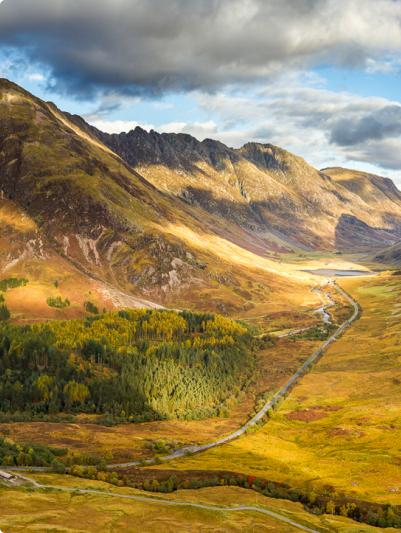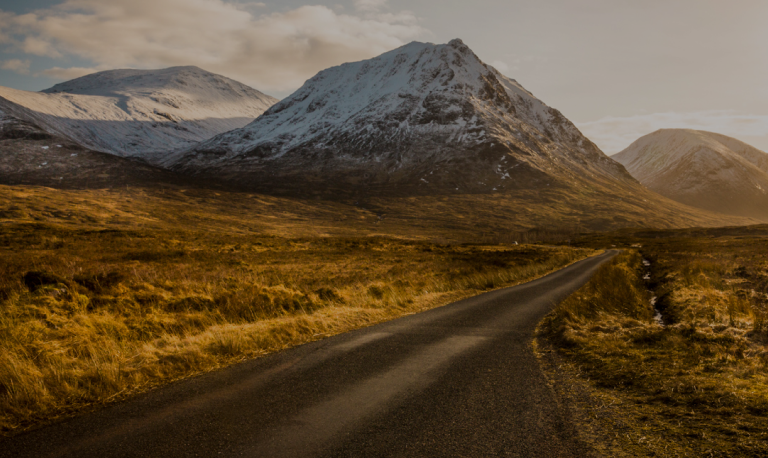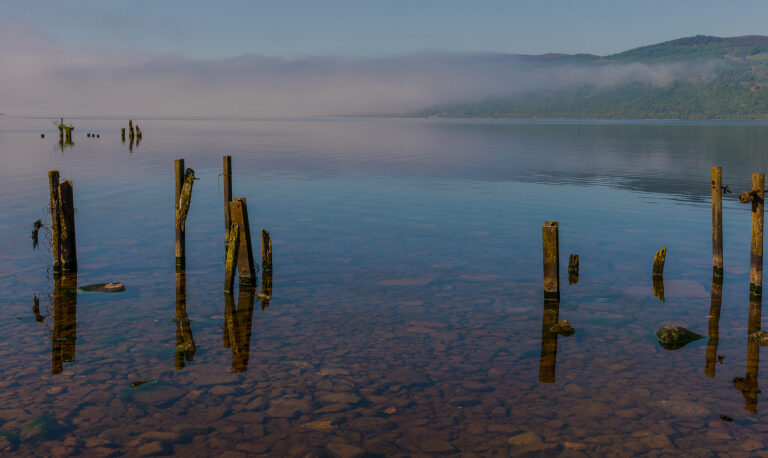Making a Splash on Scotland’s Hebridean Whale Trail
Scotland’s west coast is one of the best places in Europe to spot whales, dolphins and porpoises revelling in their natural habitat. In fact, nearly a quarter of the world’s cetaceans can be found in Scottish coastal waters.
It’s no wonder then that the recent unveiling of Scotland’s Hebridean Whale Trail, or Slighe Much-Mara in Gaelic, has gone swimmingly well. Developed by the Mull-based Hebridean Whale and Dolphin Trust, the trail’s network covers an area beginning in the bustling Firth of Clyde and extending north to Cape Wrath and west to the remote island of St Kilda. Within this area, there are 33 unique sites chosen for inclusion on the Hebridean Whale Trail as a result of their reputation as hubs for marine mammal activity.
The Hebridean Whale and Dolphin Trust designed the trail with several aims in mind. The first of these aims is to make the included sites better known to the public, giving people the opportunity to share more magical moments with nature. The Trail also aims to promote local cultures and marine heritage and encourage better public understanding of marine conservation needs.
View this post on Instagram
I recently spent a week following the Hebridean Whale Trail along Scotland’s most remote island chain – the Outer Hebrides. My decision to follow this section of the trail, in particular, was influenced by the dynamicity of the Outer Hebridean landscapes. I wanted to see seals bobbing in the gentle surf from white sand beaches and picturesque harbours, and witness dolphins breaching powerful waves from atop towering sea cliffs.
Even on the days I wasn’t lucky enough to spot any sea life, I was surrounded by breathtaking vistas at every turn. The trip was invigorating, whilst still being every bit as relaxing as I expected it to be.
View this post on Instagram
My journey on the Hebridean Whale Trail ultimately began as my ferry departed Oban for Castlebay on the Isle of Barra. Only around 45 minutes into the five-hour sailing, the Captain announced dolphins on the starboard side and, sure enough, a pod of Common Dolphins was splashing in the wake of the boat.
They followed us for most of the trip, before leaping into the distance as the island appeared on the horizon. It was a magical few hours and only a sign of what was to come in my time on the Outer Hebrides.
View this post on Instagram
The first official site I visited was An Tràigh Mhòr beach on the Isle of Barra. Stretching for over a mile between the hamlets of Ardmhòr and Eoligarry, the crescent-shaped bay is contained by turquoise Atlantic waves which lap gently at pristine white sand. It is a place of true serenity.
Well, for the most part.
Once a day, the peace at An Tràigh Mhòr is interrupted. The beach is also a working airport, and the island’s most popular tourist attraction as a result. As the only beach runway in the world to operate scheduled flights, visitors line the airport fence every day to watch planes use the expanse of sand as a runway at low tide.
The flight has also been voted as the ‘world’s most spectacular landing’, which has encouraged many visitors to Barra to join islanders on board to witness the unrivalled aerial views.
View this post on Instagram
You might be wondering what an airport has to do with cetacean-spotting however, and the answer is not very much. It is merely the wide expanse of the bay that attracts seals and porpoises. These particular cetaceans use the high tide as a feeding ground and, at low tide, bask on the shore. Who knows, maybe they enjoy plane-spotting as much as the tourists!
After several trips to An Tràigh Mhòr, it was time to catch the ferry northwards. As I watched fondly at the beautiful Isle of Barra fading into the distance, I began to think about my next stop on the Whale Trail.
I was bound for Balranald on North Uist. Better known for its RSPB Nature Reserve, this tiny settlement has always been popular with wildlife-spotters. Now, thanks to the introduction of the Hebridean Whale Trail, visitors are encouraged to visit the Balranald coastline as well to see sea life.
View this post on Instagram
Unfortunately, I was unlucky during my time at Balranald. After several fruitless hours spent in the cold (summer!) rain, peering at the sea through misty binoculars, I decided it was time to head back to the campsite.
Somewhat deflated after a stormy night, I packed my soggy tent into the car and drove to the ferry port on Berneray. The weather began to brighten as we set sail across the Sound of Harris and, just as I could feel my mood lifting, I spotted a huge herd of Atlantic Grey Seals soaking up the sun on a rocky outcrop. My luck had changed!
View this post on Instagram
That evening I visited stunning Luskentyre Beach on the Isle of Harris. A short walk through grassy sand dunes opens onto a bay that stretches as far as the eye can see, and a deep cyan river snakes towards the vast ocean in peaceful harmony with the landscape.
Although not an official site on the Hebridean Whale Trail, I found it to be a rewarding location for cetacean-spotting. From atop a small hill that flanks the beach, I noticed a grey shape moving below the waves. When a small fin broke the surface, I realised it must be a porpoise. It was gone in an instant, but I was overjoyed nonetheless.
View this post on Instagram
A day later and still reeling with excitement at seeing my first ever porpoise, I set off on the final leg of my trip. Back on the Hebridean Whale Trail, I was bound for the dramatic northern extremity of the Outer Hebrides – the Butt of Lewis. The weather had turned against me once more, and my car was moving horizontally in the wind as I headed along the narrow road towards the towering red-brick lighthouse.
As I stood on the edge of the machair-covered cliffs, I looked down at the stormy sea swirling below me. Powerful waves crashed over the top of the cliffs, spraying me with cold saltwater. It was hard to imagine how anything could be swimming below those waves.
After several hours scouting the white-capped water, I decided to give up. The sea was too high for any creature to be visible, and my waterproof was soaked through! However, despite my wet clothes and strained eyes, I was grateful for my visit to the Butt of Lewis. The landscape had so much power, so much raw energy.
View this post on Instagram
As I drove away from the Butt of Lewis, I reflected on my time on the Hebridean Whale Trail. From the true tranquillity of the beaches at An Tràigh Mhòr, Balranald and Luskentyre, to the sheer intensity and dynamism of the cliffs at the Butt of Lewis, I had experienced exactly the contrasting landscapes I had hoped to.
As hoped by the Hebridean Whale and Dolphin Trust, I had also certainly spent some magical moments with nature.


